Aim of the Spirogyra plant biology identification experiment
In this Spirogyra plant biology identification experiment, we aim to identify with reasons and study the morphology of Spirogyra, using representative prepared specimen slides.
Principle of the Spirogyra plant biology identification experiment
Morphology is the study of the characteristic features of a species. It can involve the study of external features, such as shape, structure, color, pattern, and size, which is called eidonomy, or the internal features, which pertain to anatomy. Morphological studies are essential for the identification and classification of organisms because they help highlight specific characteristics that may be unique to a particular species.
Requirements for conducting the Spirogyra plant biology identification experiment
Permanent slides of Spirogyra, prepared and preserved in advance, required for observation and recording. To purchase them, visit Labkafe. Spirogyra can be collected from a pond. Usually, it forms a silky, slippery, green-colored layer on the surface of the pond, which is colloquially called scum. If researchers collect the sample in advance, they can preserve it using a mixture of Formalin, Acetic acid, and Alcohol (FAA).
Important concept
FAA is a type of fixative that helps preserve the morphology of tissue structures, keeping them similar to those of living tissue. Since this study focuses on morphology, it is important to maintain the integrity and structure of the tissue as it appears in its natural environment, such as in a pond. This highlights the importance of FAA, which effectively preserves tissue morphology. Although the cytoplasm is not well-preserved, FAA does a good job of maintaining the overall tissue organization.
Recipe:
50 ml ethanol
5 ml glacial acetic acid
10 ml of 40% formaldehyde
35 ml distilled H₂O
To purchase components, contact experts at Labkafe.
Since Spirogyra is more complex than single-celled organisms, fixation takes a relatively long period—about 24 hours. A vacuum environment enhances fixation by removing air bubbles from within the tissue, allowing the fixative to penetrate deeply into the sample.
Observations of the experiment
- The specimen is green in color.
- The specimen is unbranched, filamentous and slimy to touch.
- Each filament is composed of a large number of long, cylindrical cells placed one above the other in a single row.
![Spirogyra (illustration) [Source- NCERT]. spirogyra plant](https://www.labkafe.com/blog/wp-content/uploads/2024/10/image-8.png)
Spirogyra (illustration) [Source- NCERT]
Spirogyra (under the microscope) [Source- Wikipedia]
Note-
To become long filaments, single spirogyra cells link together, end-to-end, forming strands up to several centimeters in length. The individual, oblong, cells that make up the filament strands are 10-100 micrometers in length.
- The cells of the specimen are characterized by long, spiral, ribbon-shaped chloroplasts with several pyrenoids.
Note-
A chloroplast is an organelle that performs photosynthesis in plant and algal cells, converting sunlight into chemical energy.
Pyrenoids are microcompartments that researchers universally find in the photosynthetic plastids, such as chloroplasts, of various eukaryotic algae. These microcompartments contain an enzyme called ribulose-1,5-bisphosphate carboxylase/oxygenase (Rubisco) and, additionally, play a pivotal role in facilitating CO2 assimilation through CO2-concentrating mechanisms (CCMs).
- A single large vacuole is visible.
Note-
The term “vacuole” means “empty space”. They store food or other nutrients required for cell survival and store waste products before disposal, thereby protecting the entire cell from contamination.
- Conjugation tubes formed between the cells of two different filaments may also be found when in reproductive phase.
Note-
In sexual reproduction through conjugation, two filaments align side by side, and then cells from each filament form conjugation tubes. The tubes elongate and fuse to create a conjugation canal, which allows the cytoplasm of one cell to pass through and fuse with the other cell’s cytoplasm.
Systematic position of algae Spirogyra
- Kingdom – Plantae
- Division – Thallophyta
- Class – Chlorophyceae
Inference and conclusion
Spirogyra is a green alga that floats on the surface of ponds. Researchers noted various unique features of the algae during the experiment. Using this information, they can later identify samples of the algae.
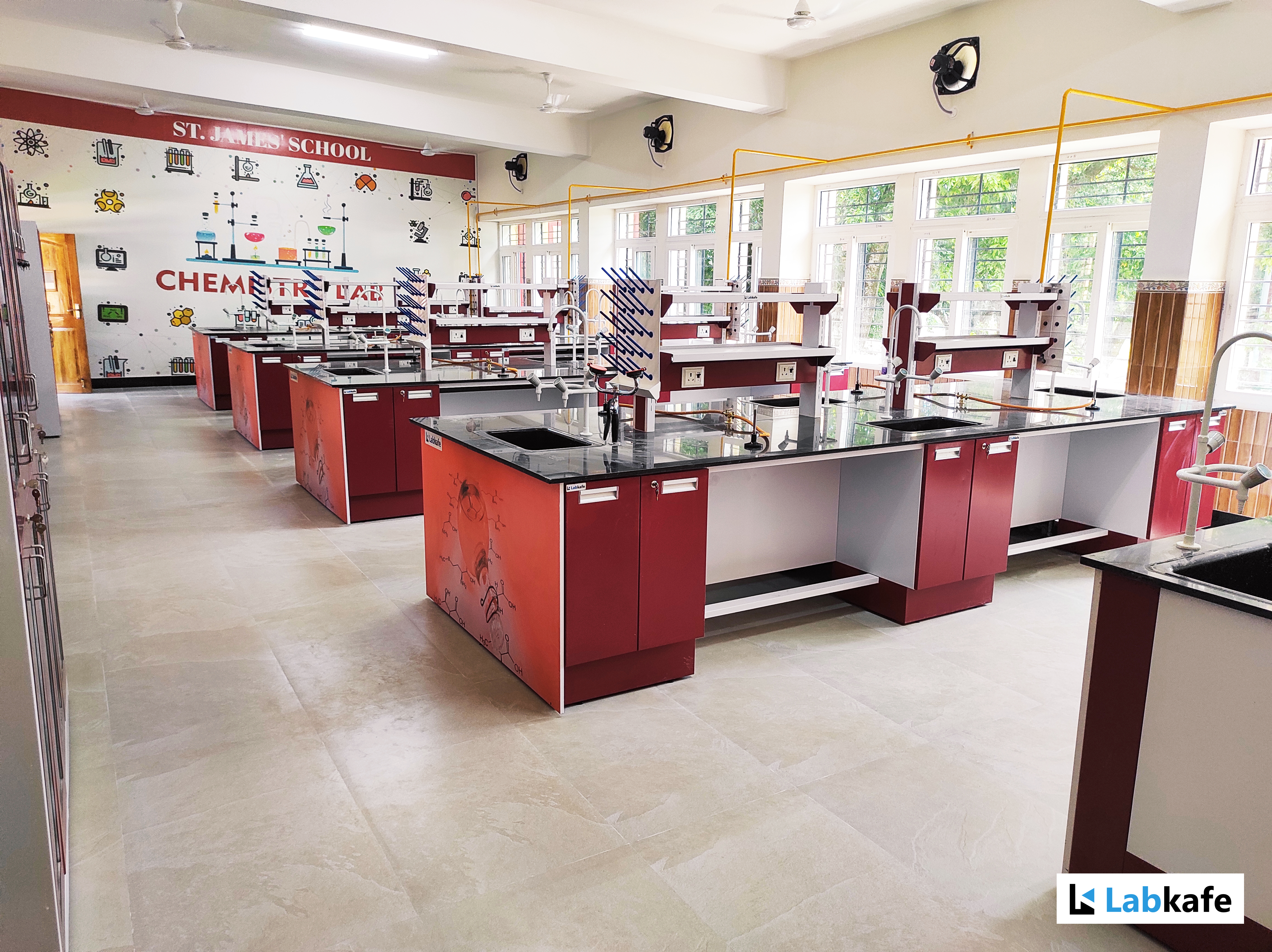

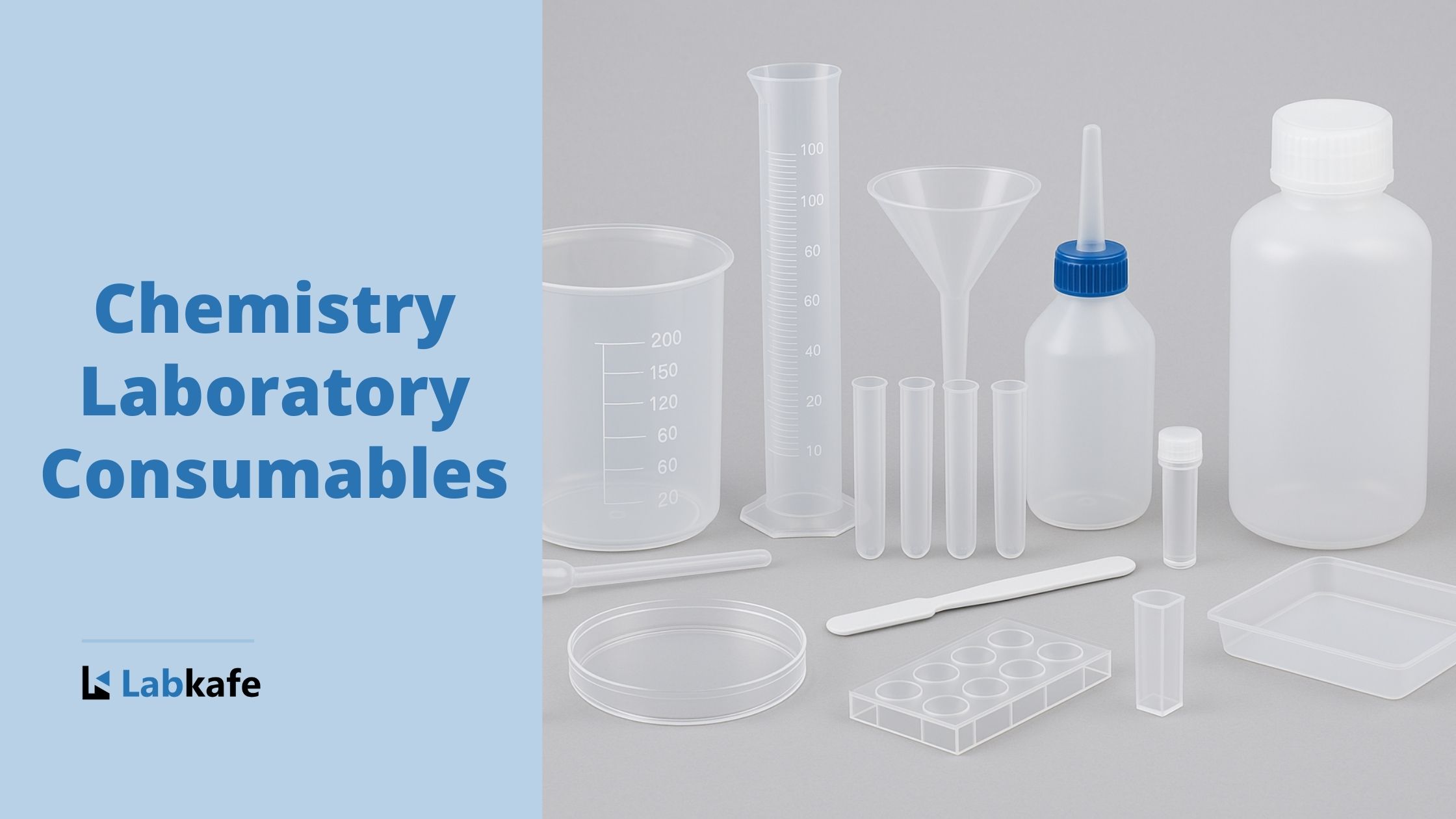
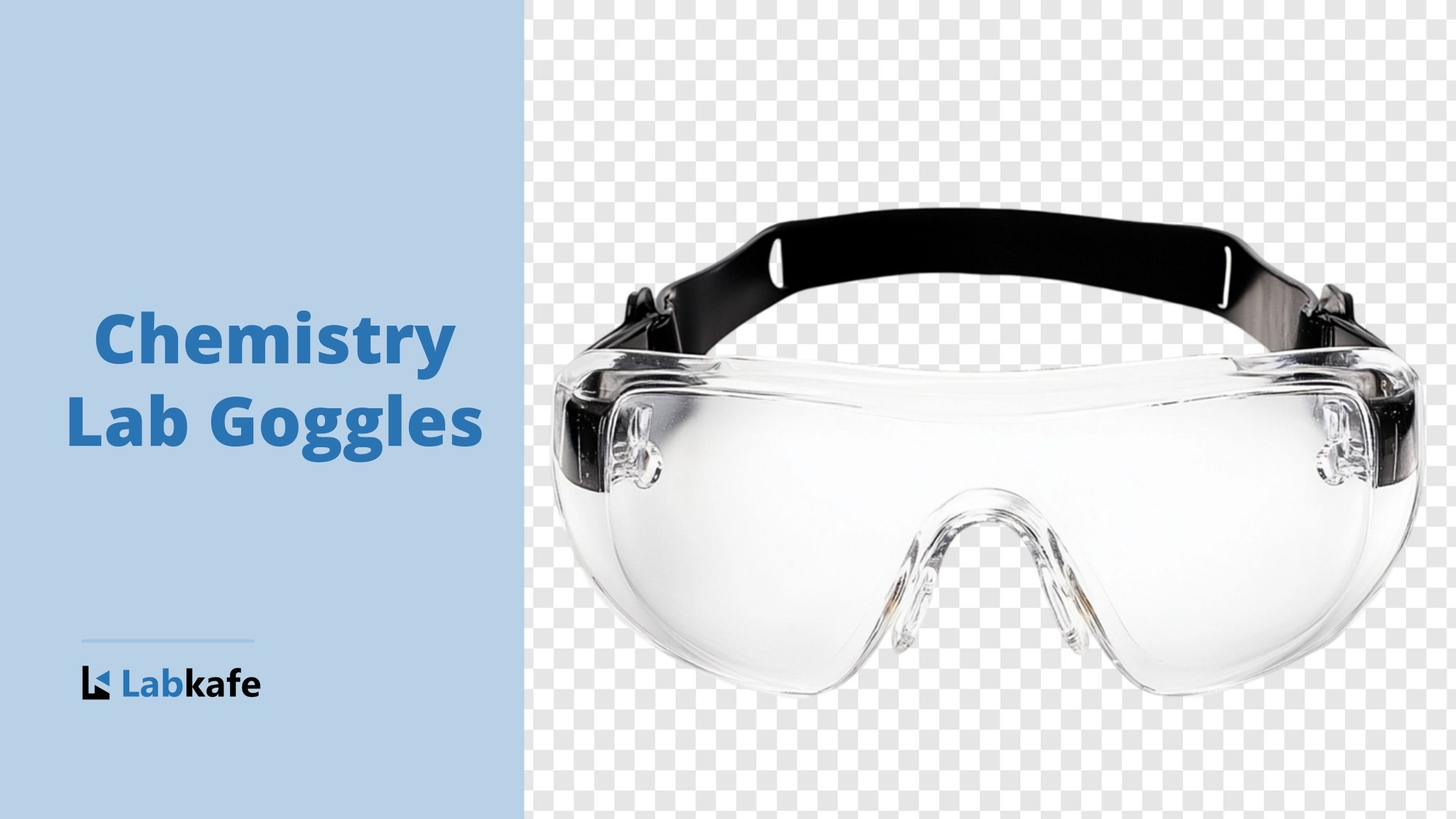

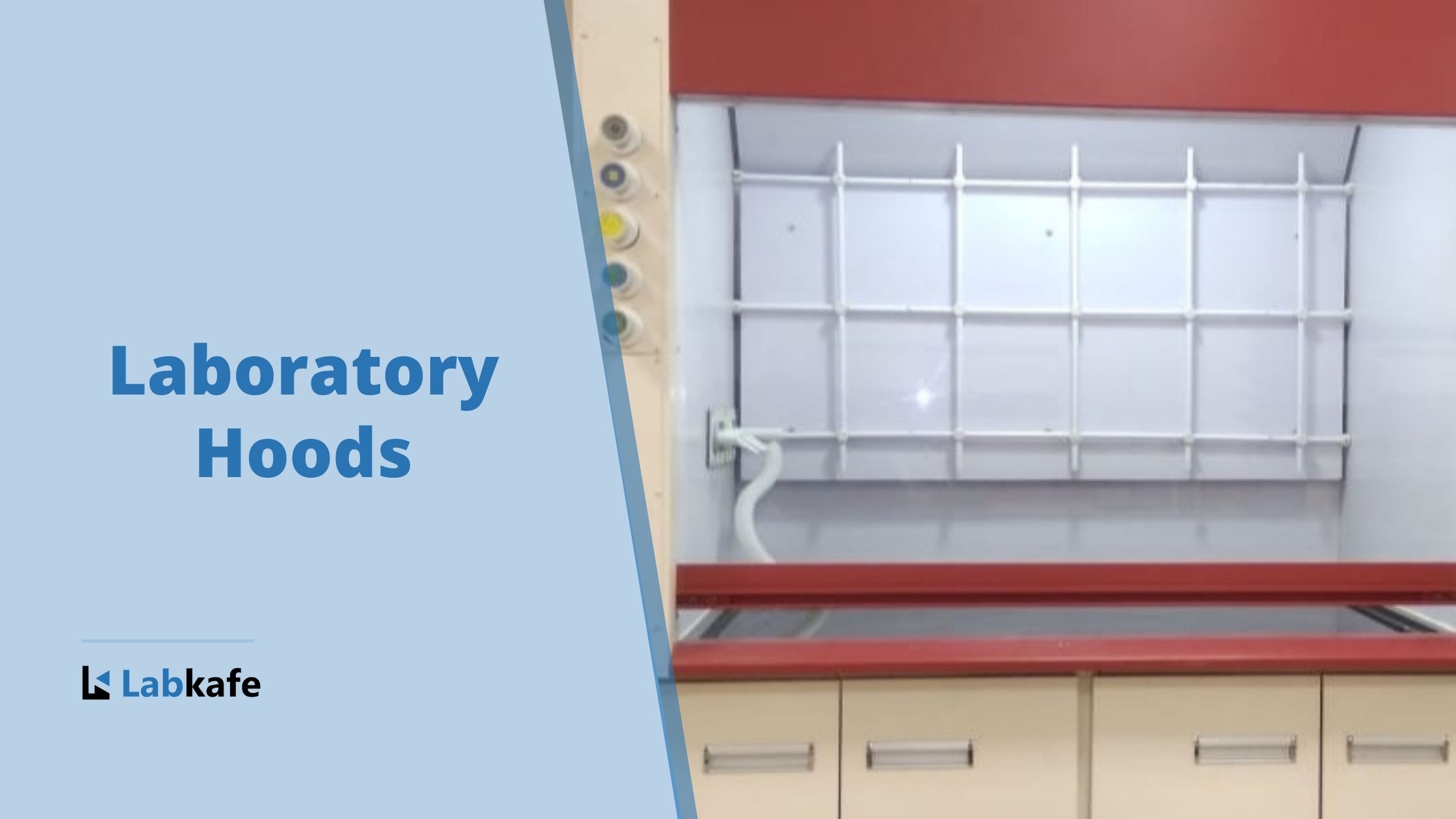

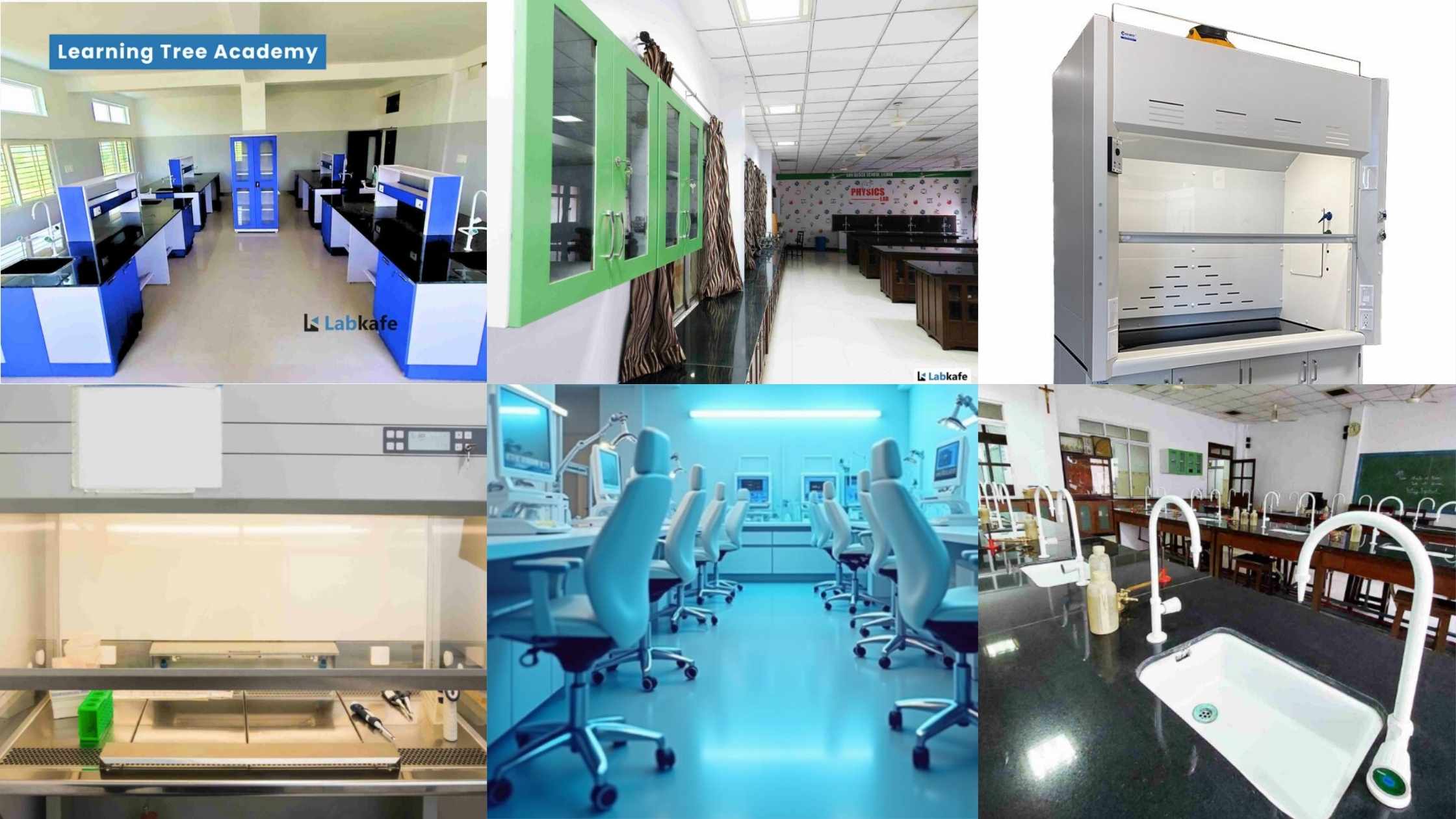
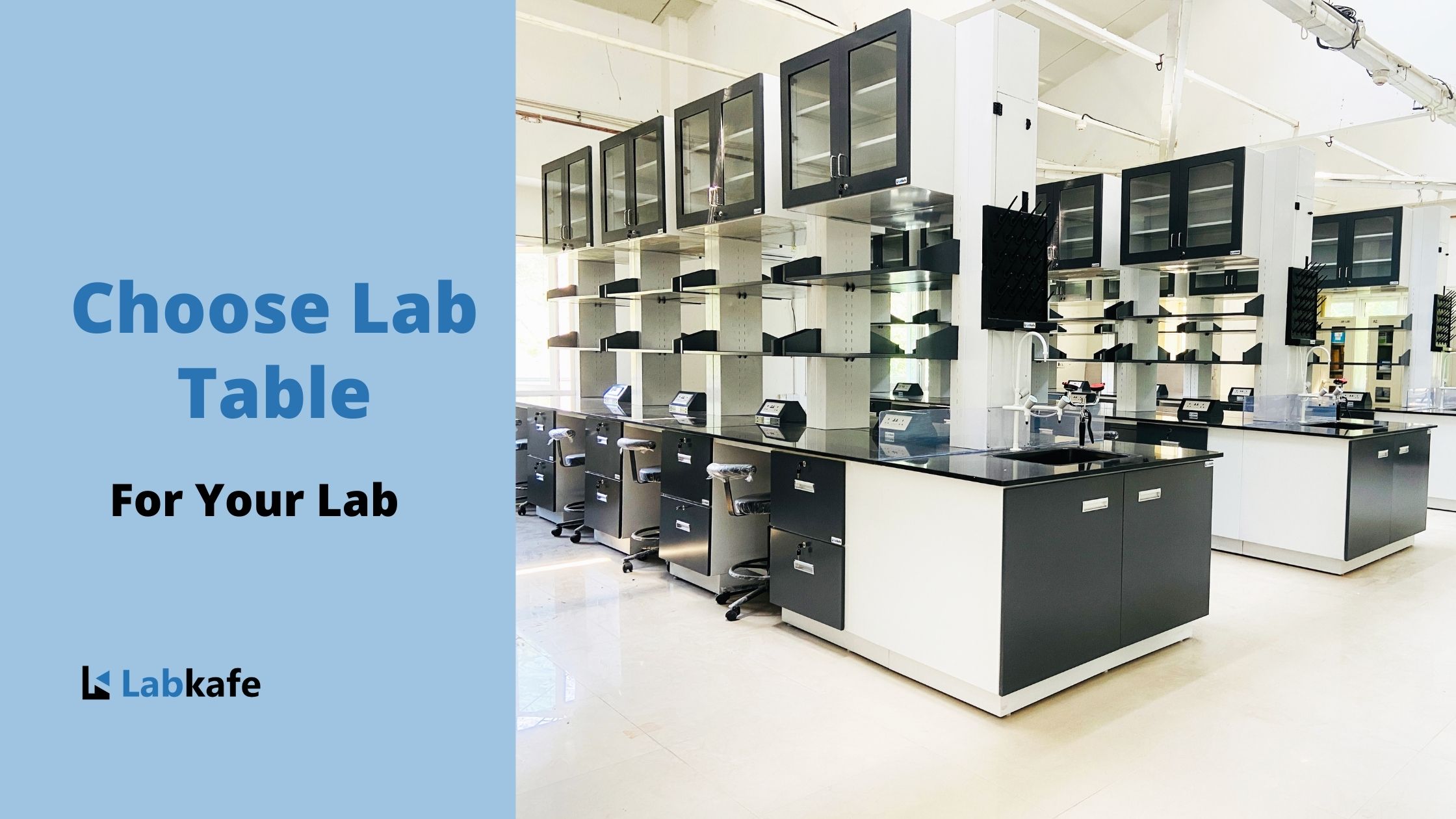
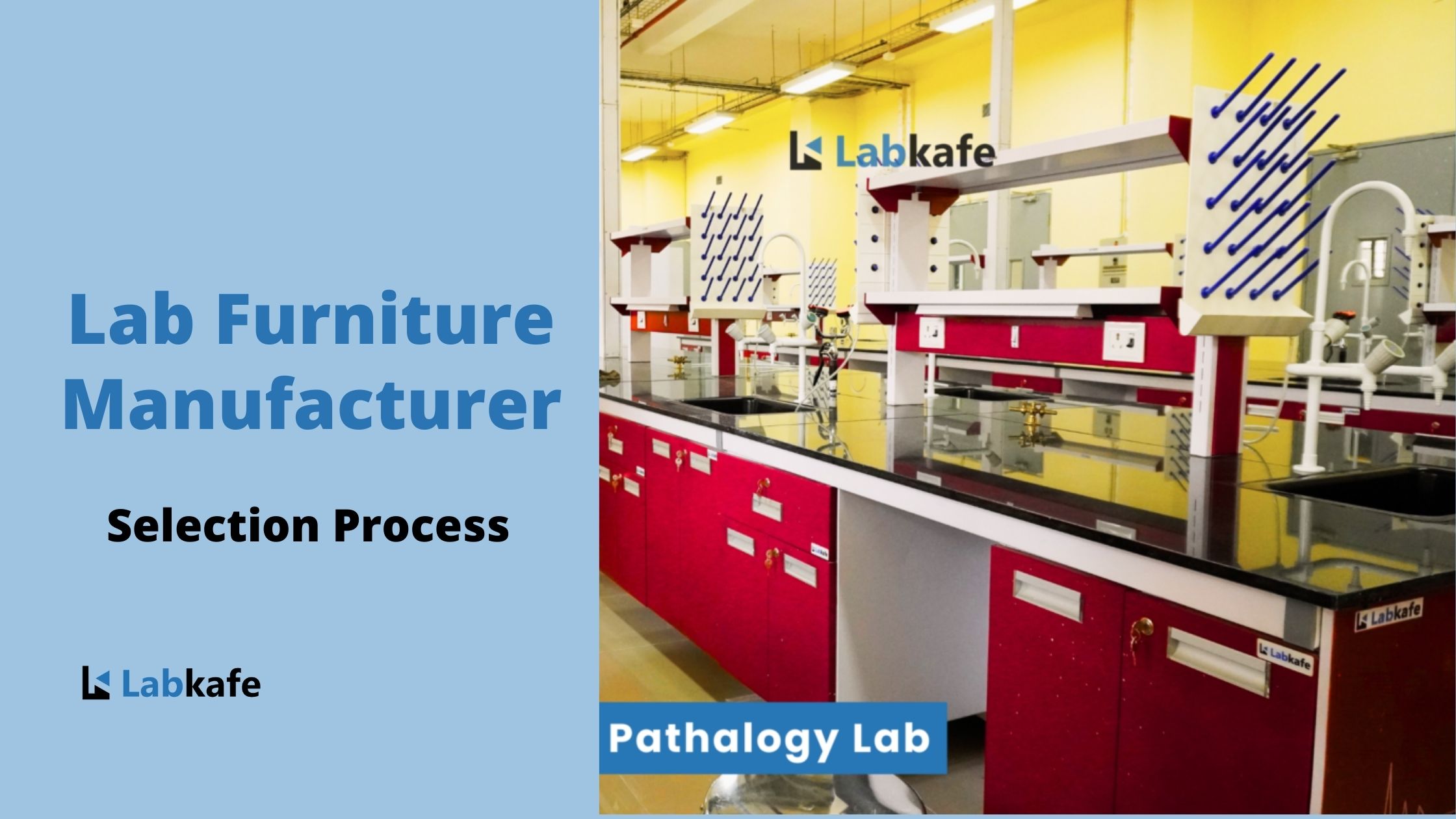
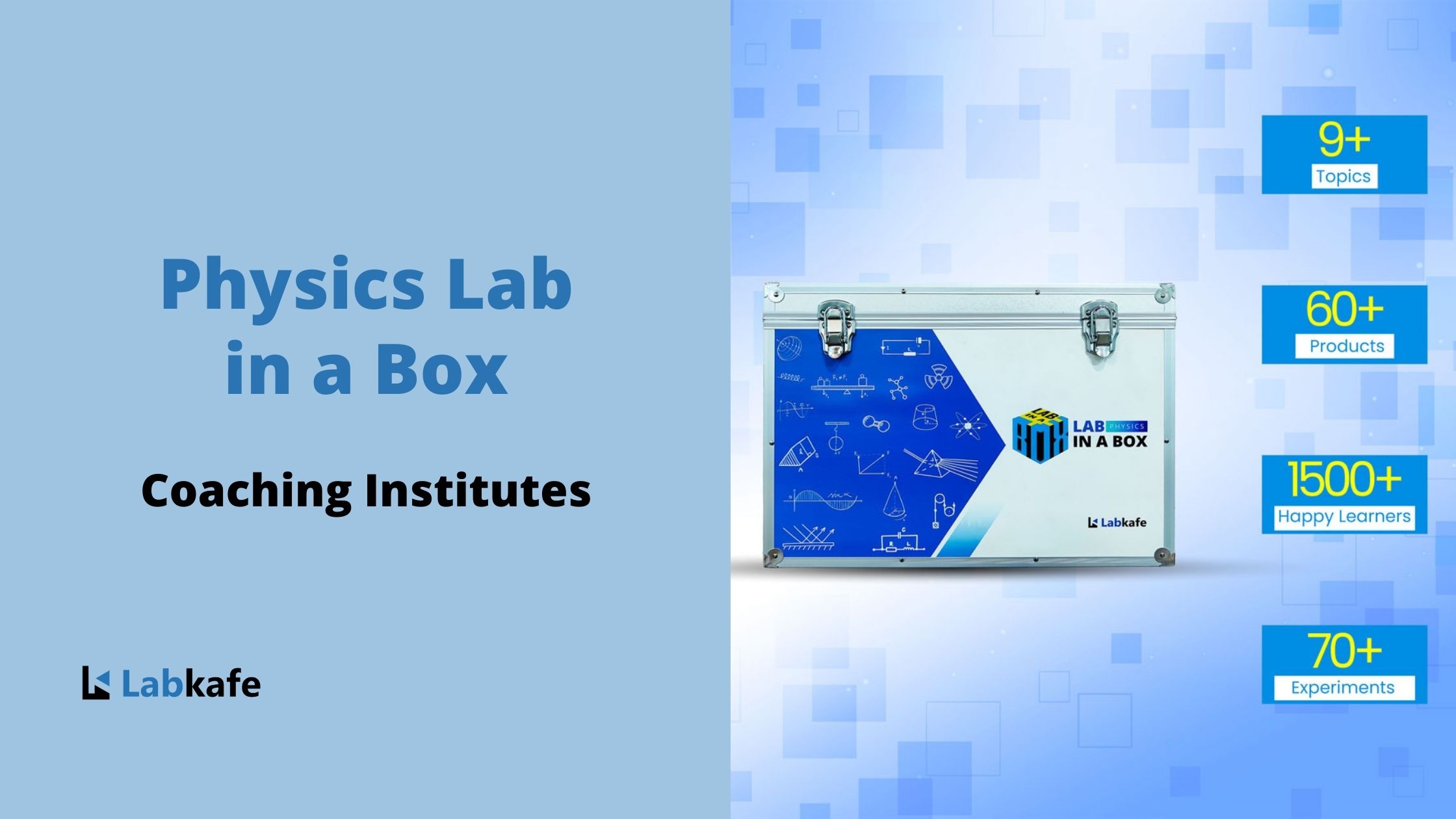
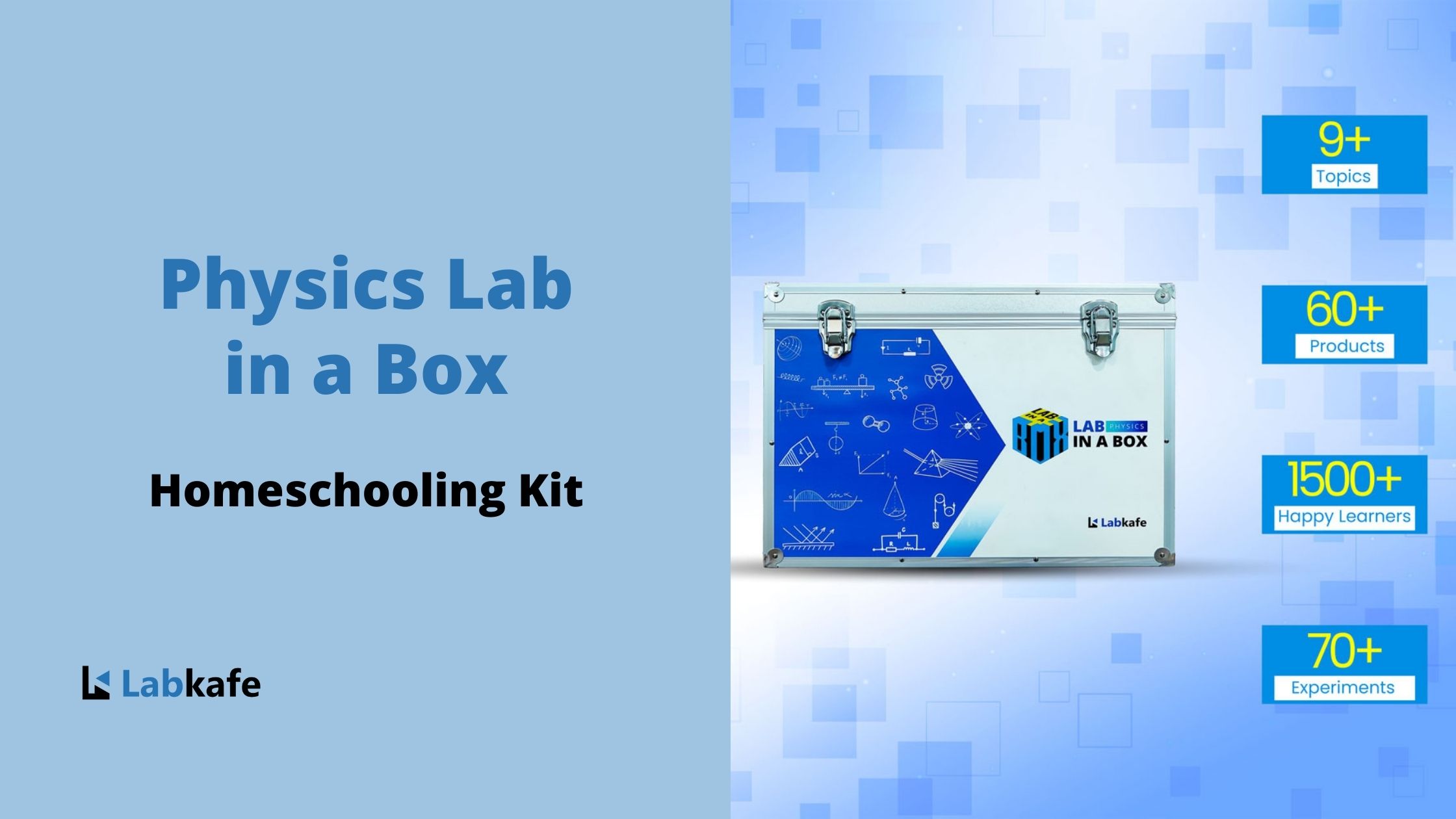
Leave a Reply